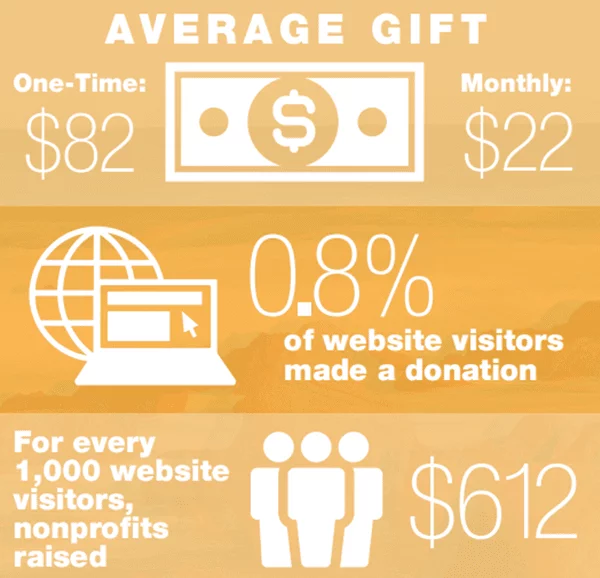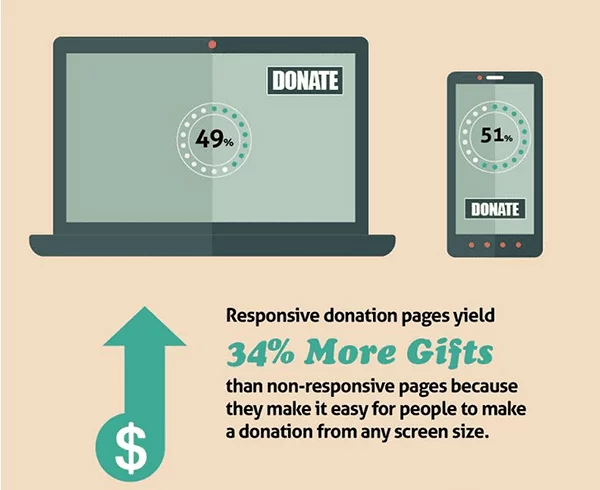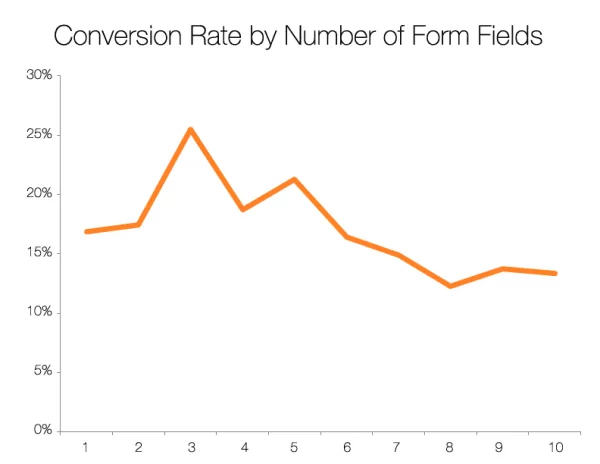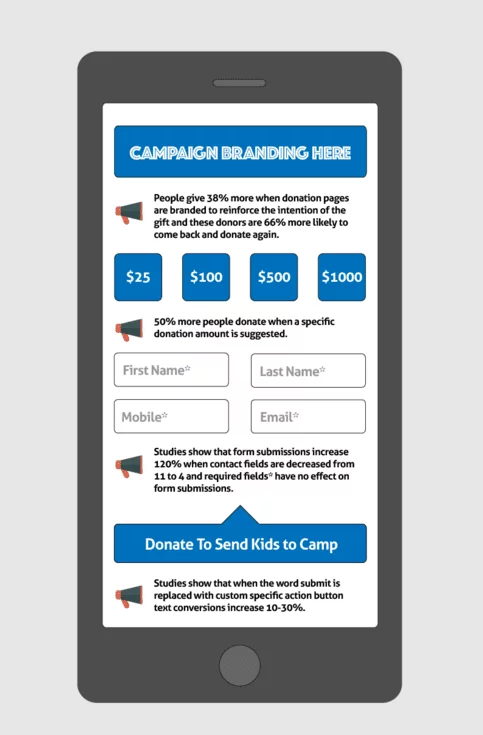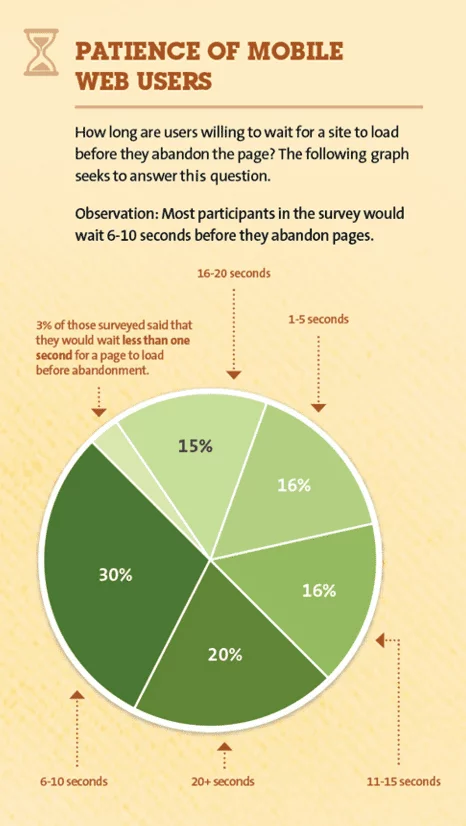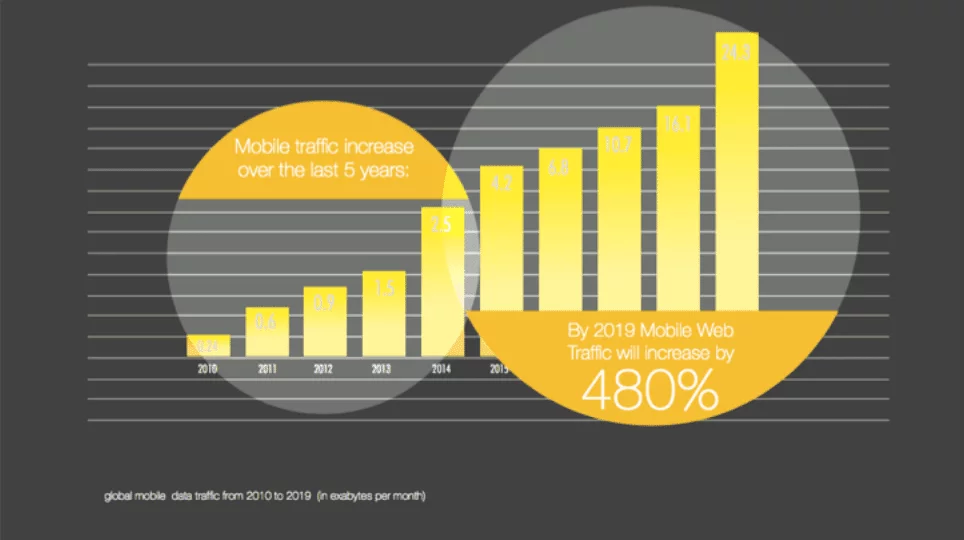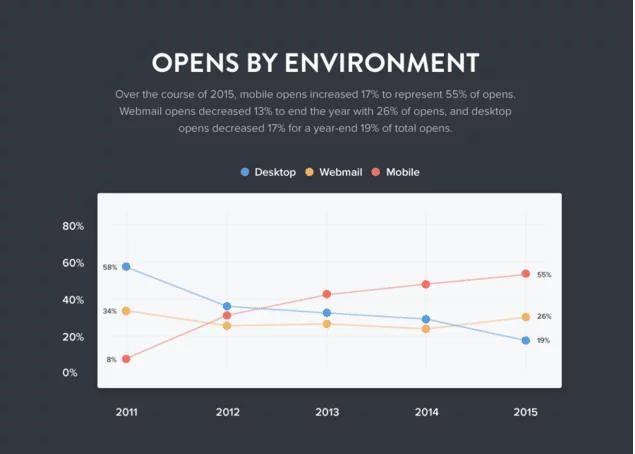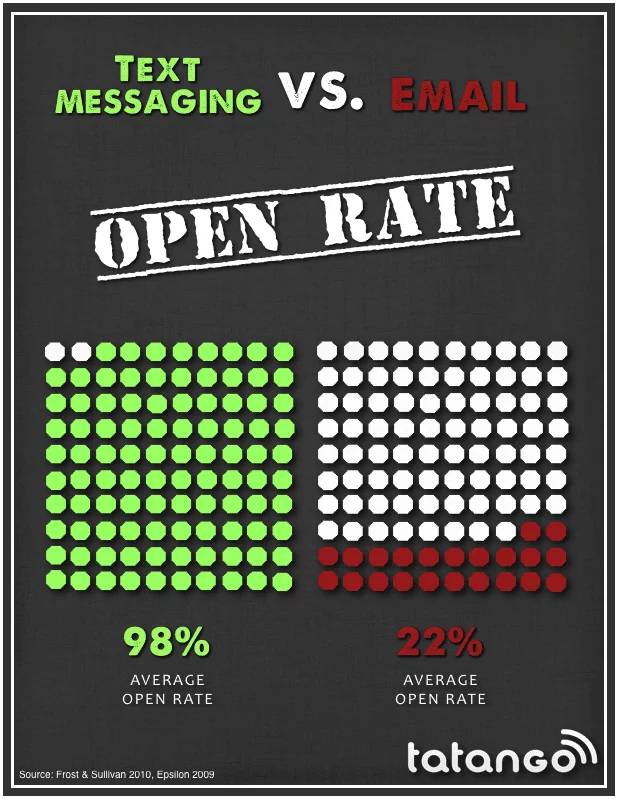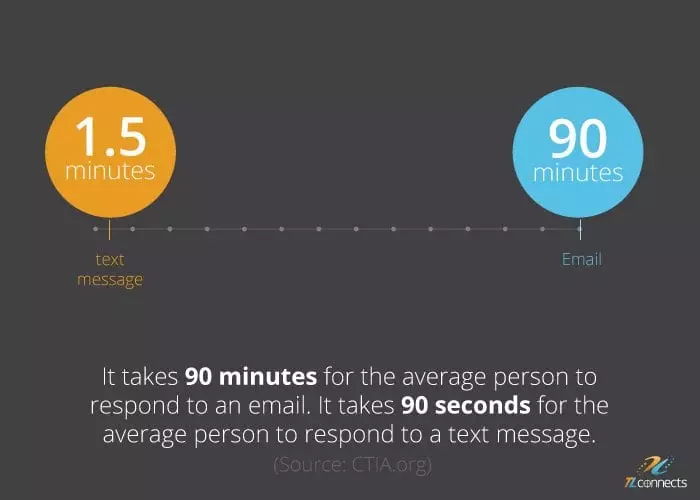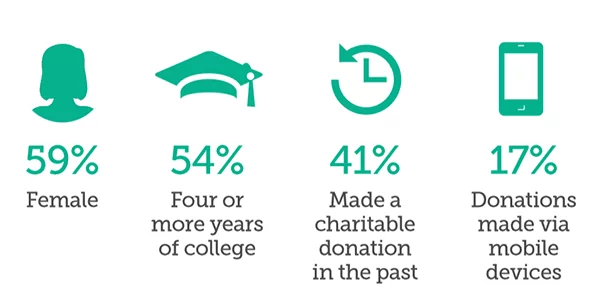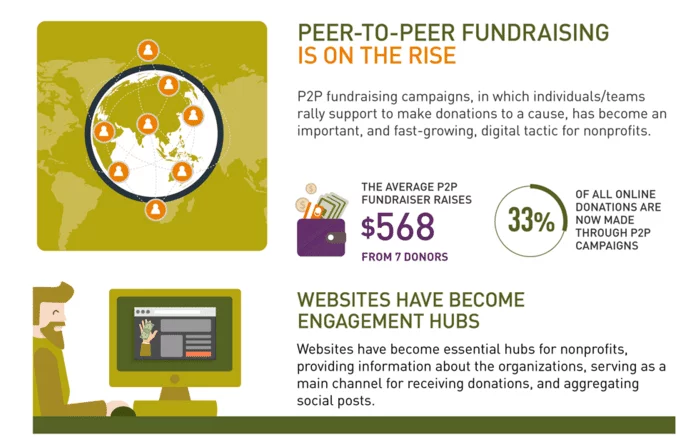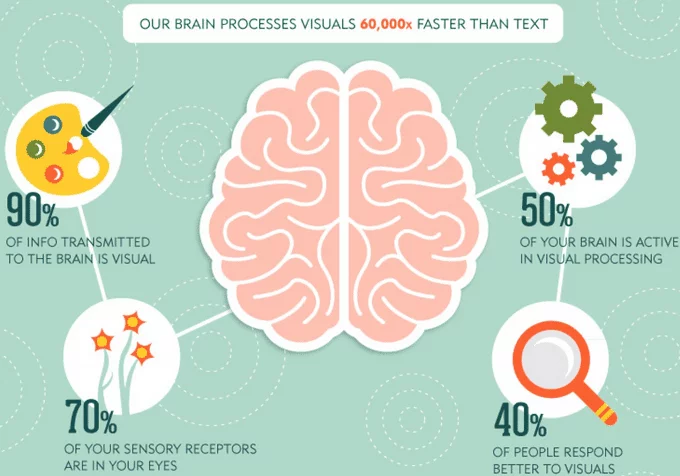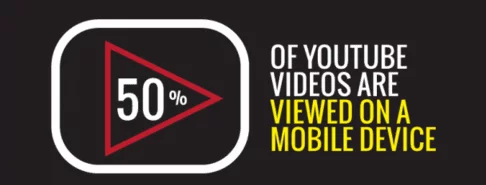19 fundraising statistics imperative to understanding donor behaviours
The secret to running a successful fundraising campaign lies in understanding your donor’s behaviour. It’s not only what your campaign is about, but who is donating and where they’re donating from.
These stats will teach you the key behaviours of today’s donors and what you can do to better target them to maximise your success.
Advertisement
1. For every 1,000 visitors your website receives, your organisation will raise an average of $612 in donations
Source: M+R Benchmarks
Your website is the first point of contact for a lot of people so you want to make sure it looks great on all devices. Be sure that your website is fast, secure and easy to navigate, and you will see an increase in the numbers above.
2. Mobile-responsive donation pages result in 34% more submissions because they can be easily completed from any device
Source: MobileCause
More than half of your visitors to your website come from a mobile device. It is vital that your website and donation forms be responsive because if it is difficult to give they will likely leave your website. Don’t miss out on capturing donations from mobile and make sure it is easy to make a donation from any device.
SEE ALSO: Important fundraising stats from 2018 (13 December 2018)
3. Reducing the number of fields on your donation form can increase conversions by 50%
Source: Hubspot
Each form field you add is another step that your potential donor or volunteer has to complete to fulfill the desired call to action. Think of every field as an additional reason to leave your form without completing it. Keeping your forms short with only the most necessary fields present will make a huge impact on the number of form submissions you receive.
4. Donors that set up recurring gifts give 42% more annually, compared to those who give one-time donations
Source: Nonprofithub
Make it easy for donors to give and be specific in your asks by providing clear-cut directions customised with suggested donation amounts and recurring intervals. Create a strategy with donor incentives, like a branded club with exclusive merchandise, special events, matching funds, and more. Ask one-time donors for recurring gifts, and educate new donors on how vital recurring gifts are to your cause.
5. Branded campaign donation pages collect 38% larger donations than generic online giving pages
Source: MobileCause
Streamlining the fundraising process is essential but don’t underestimate the importance of branding and marketing your mission. These can make or break the success of your nonprofit.
You can have the best idea in the world but if your branding and marketing are not very good then you’re not only going to be missing out on donations, but you’ll also be missing an opportunity for supporters to identify with your cause.
6. 71% of donors care that their money is used wisely
Source: Abila
Giving the donor control over who or what they are giving to (and giving them an avenue to see tangible results) can be a huge part of the success of your campaigns. Once they see that their donation is being put to good use they are likely to share what they’re doing with their network.
At the end of the day, people give because they want to help—but also because they want to feel good about themselves, too.
7. 66% of people that abandon website pages do so because it takes more than 5 seconds to load
Source: KissMetrics
A slow website is a killer for many reasons. You miss out on potential donations, event registrations, volunteer sign-ups, and more, all because people don’t have the patience to wait for your website to load. People are used to technology being instantaneous, and humans have an attention span of under six seconds, so be sure that your website loads well under that
Your website’s load time also has an impact on your Google search rankings. A slow website could possibly make your website invisible to someone making a web search.
If your website is slow here are some resources to help identify and reduce page speed issues:
8. By 2019 mobile web traffic will increase by 480%
Source: Moz Webinar
We can’t stress enough how important it is to make your website and online forms mobile-friendly. A bad mobile experience could create a negative association with your nonprofit hindering the current and future success of your organisation.
It won’t be just a bad experience for people but also for search engine crawlers as well. Charities could see their rankings fall due to the Google mobile friendly algorithm update.
Not sure if your website is mobile-friendly? Use the Google Mobile-Friendly Test tool and find out.
9. 67% of those who have volunteered in the last 12 months say they donate to the same charities they volunteer at. They also donate 10x more money to charities than non-volunteers.
Source: Fidelity Charitable Gift Fund
Creating a volunteer strategy ensures you’re setting your organisation up for success with a healthy base of volunteers that will accelerate your mission. Successful nonprofits recognise volunteers and highlight the importance of their impact which creates a great experience for them. Volunteers with great experiences are likely to become not only long-term volunteers, but long-term donors to the cause they’re involved with.
10. Event attendees give 35% more when donors are recognised on a fundraising thermometer
Source: MobileCause
Donations that are dynamically displayed on-screen at a fundraising event create an exciting moment of giving that increases the amount people give. It shows in plain sight who is giving, who is giving multiple times, and how much each person is donating. All of this influences your attendees’ decision to donate and whether to give a little more based on seeing what others are donating. This also plays to your donors’ egos by getting their name on the screen for everyone to see. It may seem vain or silly, but you’ll be surprised how much of a difference it makes!
11. 55% of people open emails through a mobile phone
Source: Litmus
If more than half of your email marketing list is opening your email via mobile then you better make it easy for people to donate in response to your emails, especially those with donation asks. Include a clear donation call-to-action in your email to engage them. With just one click donors should be taken to a mobile-friendly page where they can quickly and easily make a donation.
12. Text messages have a 98% open rate, whereas email only has a 22% open rate
Source: Tatango
Email is still a great way to market your cause and engage supporters but you can be much more effective by integrating text message marketing into your efforts as well. The more peple seeing your message the better.
13. It takes the average person 90 minutes to respond to email, but only 90 seconds to respond to a text message
Source: TLconnects
Utilising mobile communication with your supporters will strengthen your fundraising efforts. Whether giving exciting real-time updates on a campaign or asking for donations, the best way to reach your supporters is through mobile messaging. It is important to let your donors know what is going on and exactly where their donation is going.
Be sure to collect mobile numbers on all donation pages and registration forms and send regular text messages to subscribers to increase advocacy, registrations and donations.
14. 33% of all online donations are made via crowdfunding and the most successful campaigns run 4 to 5 weeks
Source: theguardian
Crowdfunding is about gaining lots of donations, big and small, from new and current donors, but the reality is that the majority of crowdfunding donations will come from your organisation’s existing network and your own marketing channels. For these campaigns, strategic marketing is the key to success in maximising the reach of your campaign. Crowdfunding campaigns should have a short timeframe and target a specific audience that will especially resonate with the campaign.
15. 17% of crowdfunding happens on a mobile device
Source: NPTechforGood
Like other communication and marketing channels, crowdfunding comes with it’s own set of
challenges, perks, requirements, and demographics. The right campaign, the right platform, and
the right strategy mean the difference between a successful crowdfunding campaign and a
disappointing failure.
16. The average donation to a peer-to-peer campaign is $568
Source: MDG Advertising
A peer-to-peer fundraising campaign’s fundamental purpose is to create a movement of people that work together to make a difference and reach a goal.
The intangibles of a successful peer to peer campaign are:
- Create a sense of urgency.
- Tell your story with passion.
- Engage fundraisers and donors with videos and photos.
- Make it as easy as possible for people to set up their own fundraising pages.
- Make it as easy as possible for donors to give.
- Make it as easy as possible for supporters to share with their personal network.
17. Our brain processes visuals 60,000x faster than text
Source: TheNextWeb
Including powerful images or videos will get the message across much better than plain text.
You only have so many seconds to tell your story and ask for a donation so make sure your images compel your supporters to engage.
18. More than 50% of Youtube views come from mobile
Source: YouTube
If your video has a call-to-action that drives visitors to an online form or your website, you want it to be mobile-friendly as to not miss an opportunity for a donation. This percentage will be sure to increase year after year as the popularity of smartphones continues to grow.
19. 57% of donors watched a video before giving online
Source: Co.Exist
Use compelling videos of your organization’s stories to ensure donors experience the results of their giving. People give more over time when they can touch, feel, hear or experience the end results of their gifts. This is the best way to ensure a consistent flow of donations from new and repeat donors.
What Do I Do Now?
A thorough understanding of the way your donors interact with your fundraising campaign is a key factor in its success! In order to make the most out of every campaign, your fundraising strategy should be mobile-responsive and target donors across channels to increase engagement and maximise donations.
Steve Page is a blogger, marketer, and webmaster for MobileCause, the world’s leading mobile and online fundraising and communication software. MobileCause helps organisations reach their goals with a full suite of mobile-friendly solutions that allow donors to connect and give to your cause from any device. When he’s not working at MobileCause, Steve can usually be found helping organisations with their websites, learning the latest marketing trends or working on his golf game.
More statistics and SEO advice
- Two in three charity websites face negative impact from Google’s core web vitals (15 July 2021)
- SEO copywriting for a content writing strategy (12 May 2017)
- 10 need-to-know fundraising statistics for 2017 (31 March 2017)




